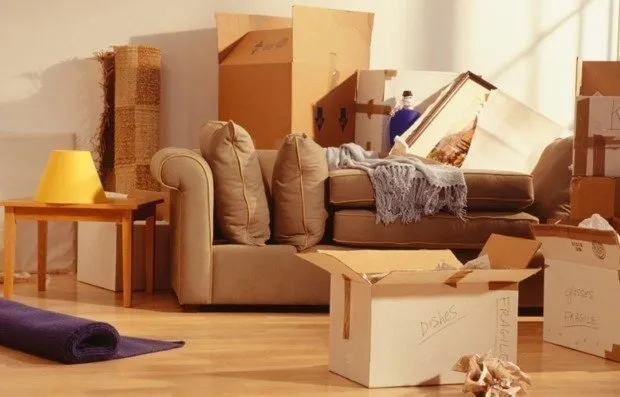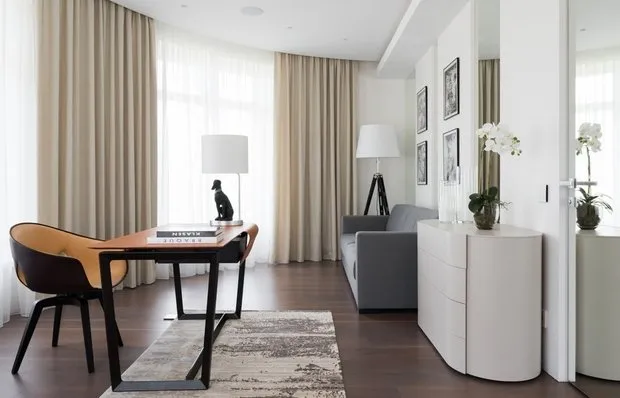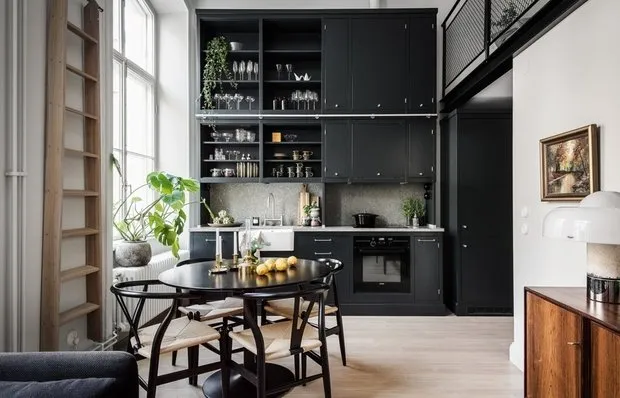There can be your advertisement
300x150
How to Organize a Relocation
Step-by-step guide from experts
They say that three relocations equal one fire. Experts from the company "Metrium" shared useful tips on how to organize a relocation with minimal financial, time, and emotional costs.
Natalia Kruglova — Expert, General Director of "Metrium Group", a real estate and consulting company operating in the Moscow region
Get Rid of Unnecessary Items
The golden rule for selecting necessary items: if you haven't used an item for a year, you don't need it. A relocation is precisely the moment when you can review the contents of wardrobes and storage spaces. Things that are unlikely to be needed in the near future should be put up for sale at a symbolic price. If you can't fit them in, throw them away.
Choose a Carrier
If you're short on time, you can use the services of a moving company that can offer both full relocation "as a turnkey" and solutions for individual tasks: packing, transportation, unloading, and even setting up a new apartment (hanging curtains, chandeliers, pictures).

You can calculate the cost of such a company's services in advance. For a one-bedroom apartment, it will be from 9000 rubles for 6–8 hours of work by two to four packers and a vehicle with a 18 cubic meter cargo space. For a two-bedroom apartment — from 12,500 rubles for 8–10 hours of work by a team of four people and a vehicle with 22 cubic meters of cargo space.
Take Care of Valuable Items
If you need to transport property requiring special handling, such as safes, pianos, or antique furniture, you won't be able to do without specialists in rigging. They know how to handle items weighing over 100 kg and have equipment allowing them to bring non-standard loads into rooms.
The cost of their services is made up of the hourly rate for each specialist (250–500 rubles), the tariff per kilogram of weight (from 1 to 5 rubles), and the minimum paid time (usually 6 hours). For piano transportation, for example, you will have to pay around 3500 rubles without the cost of the vehicle.
Package Your Belongings!
Large bulky items should be transported in vacuum bags — they will move without loss from one apartment to another and will be protected from moths and humidity until the right season arrives.
Clothes that are hard to iron are convenient to transport in corrugated boxes where items are placed on hangers. The rest is packed into boxes, which you can order with delivery from the moving company's website or ask in a nearby store.

For fragile items, you will need packaging film: wrap up chandeliers and wall sconces, dishes, and cabinet doors with glass inserts. Place exclamation marks on boxes containing fragile items. However, don't rely on loaders to notice your signs themselves — you'll have to monitor them. The most valuable items should be transported in your own vehicle.

Protect Furniture
A relocation will go faster if furniture is disassembled and each part is wrapped in film. This way you eliminate the risk of damaging corners and doors. Don't forget to fold and label the fastening hardware from each piece of furniture so that you can easily and correctly reassemble everything later. If small dressers and sideboards are transported assembled, secure their drawers and doors with rope.
They Don't Fit!
If items don't fit in one vehicle, don't try to cram them in, but order a second trip. According to statistics from transportation companies, 90% of relocation time is spent on loading and unloading operations. Unloading a small vehicle quickly allows workers to make another trip. It is especially important not to get into rush hours. Plan a large apartment relocation for nighttime or weekend days to reduce travel time.
At the New Place
Usually, the owners' car arrives first at the new house, overtaking the truck. It makes sense to arrive early to secure a parking spot near the correct entrance. Check the operation of elevators the night before and have a dispatcher's phone number on hand in case of unexpected equipment failure.

In the new apartment, you need to take care of protecting floors and walls in narrow spaces. Cardboard sheets are suitable for this. Make sure that workers immediately bring items to the correct rooms and immediately take marked boxes with essential items so that after the relocation you can have dinner with familiar dishes and make beds with bedding.
More articles:
 Decorating Living Room in Neoclassical Style: 5 Examples + Products
Decorating Living Room in Neoclassical Style: 5 Examples + Products How to Place Art in Interior Design: Tips from Oxana Butman
How to Place Art in Interior Design: Tips from Oxana Butman Interior Normcore: Trend or Banality? Expert Opinions
Interior Normcore: Trend or Banality? Expert Opinions Apartment in Stockholm with a sleeping place under the ceiling
Apartment in Stockholm with a sleeping place under the ceiling 7 Secrets of Perfect Order
7 Secrets of Perfect Order Bright Interior of a House with a Children's Living Room
Bright Interior of a House with a Children's Living Room Living Room in New Classical Style: Tips, Furniture, Decor
Living Room in New Classical Style: Tips, Furniture, Decor How to Save on Utility Payments
How to Save on Utility Payments